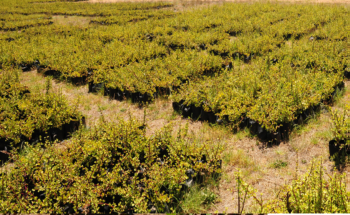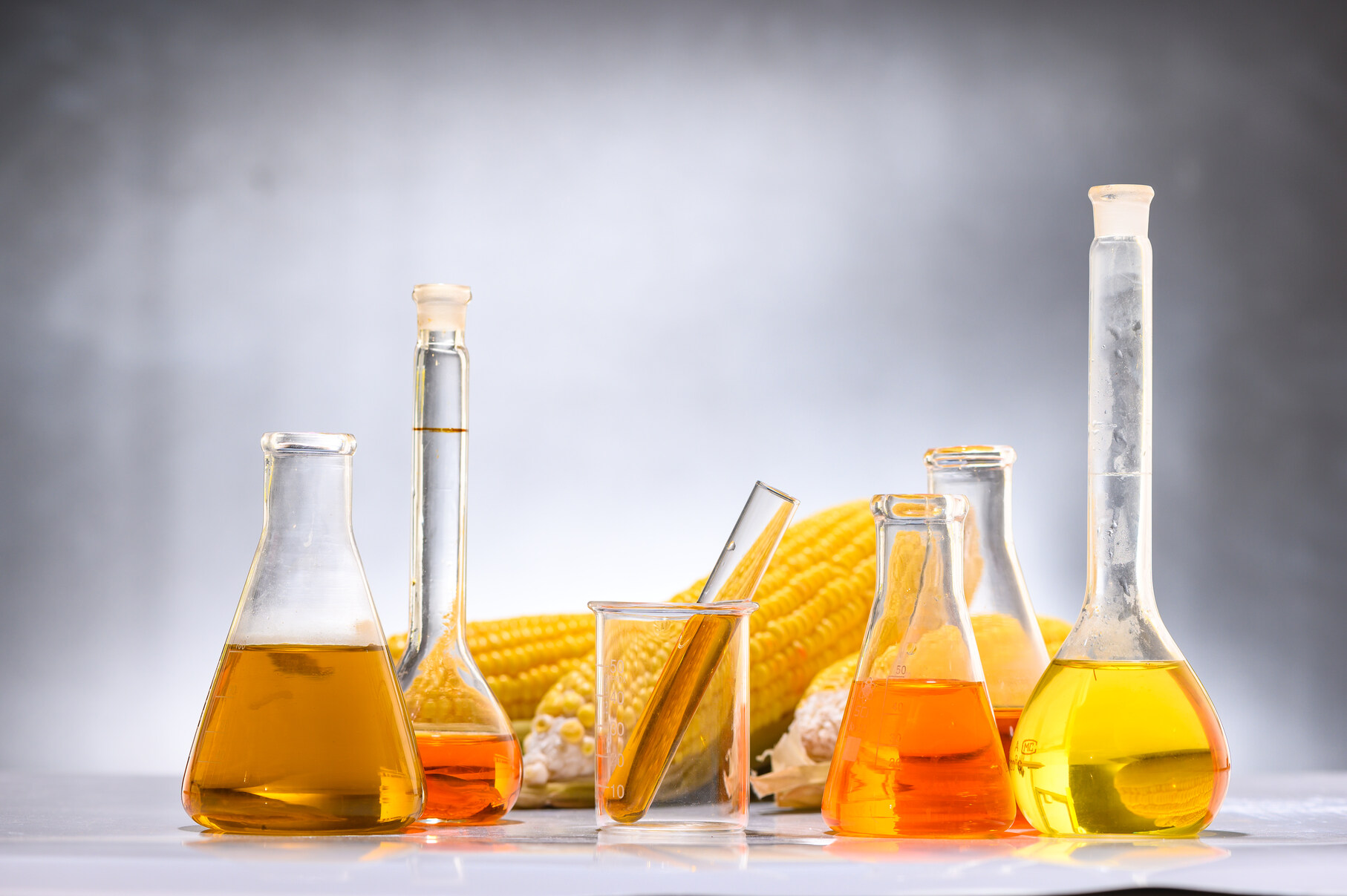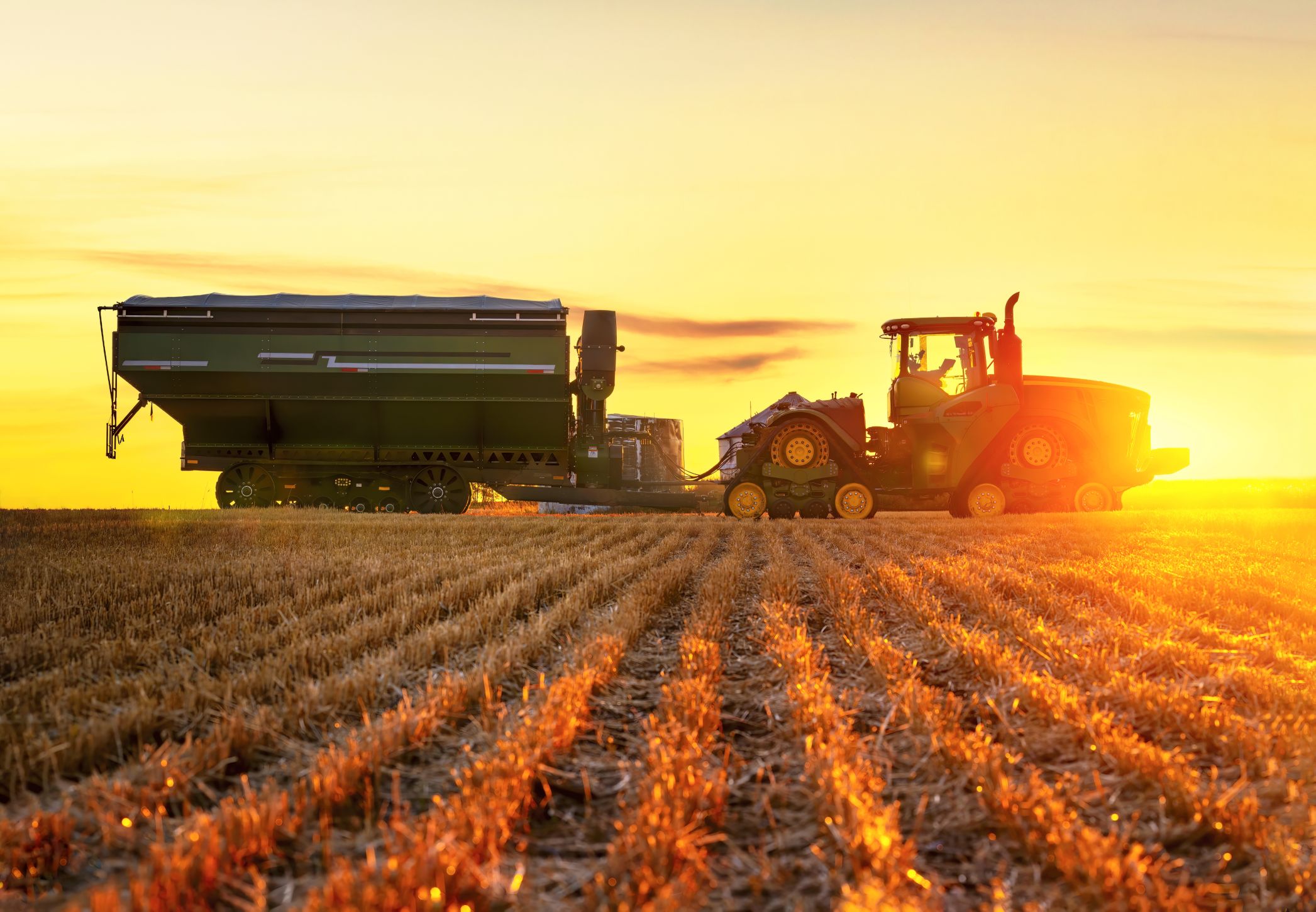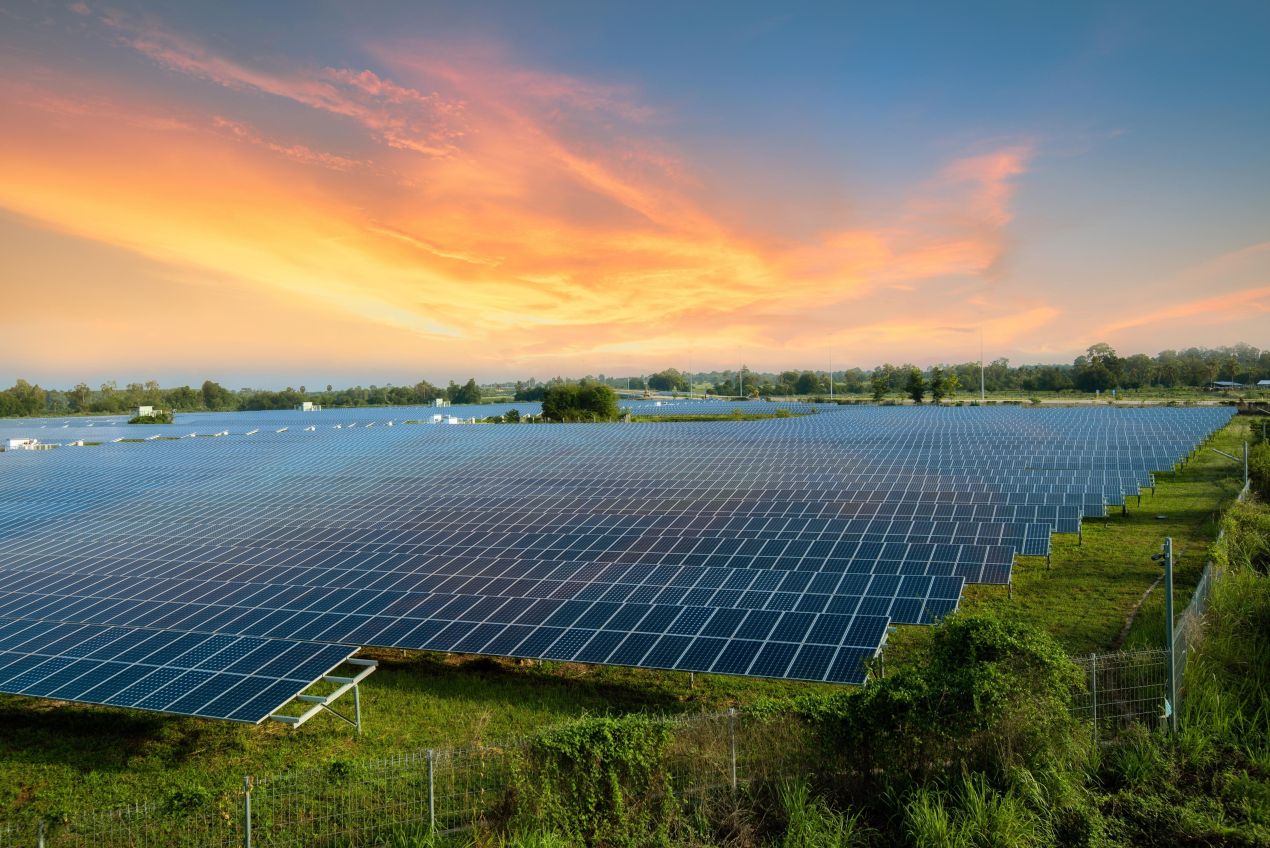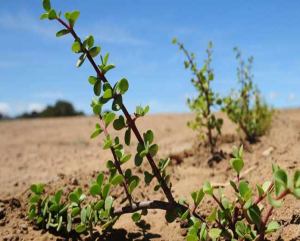
SPEKBOOM EXECUTIVE SUMMARY
Spekboom Net Zero (SNZ) is a large-scale carbon capture project in South Africa based on planting Portulacaria Afra (Spekboom) on selected available farmland. First phase of this project is on the order of 7,000 Ha with the potential of capturing over 100,000 tones CO2 per year for decades to come. This succulent plant captures CO2 from 15 to 29 tones/Ha/yr. using CAM Photosynthesis which can operate day or night with no CO2 “leakage” back into the atmosphere.
SNZ’s mission is to offer an opportunity for Spekboom restoration supported and financed through the carbon markets. Voluntary carbon market is where verifiable voluntary carbon credits are traded. According to Bloomberg Webinar (2021) the demand for Carbon Capture Carbon Credits is now much greater than supply.1
South African farmers are acutely aware of the devastation caused over the years by over grazing, soil erosion and very low rain amounts. Eligible farms may plant Spekboom truncheons in areas where Spekboom once flourished before animal grazing rates overtook Spekboom growth rates. These areas will be protected with a fence to keep animal grazing away during primary years of the plant’s growth. Spekboom in South Africa is typically found in Mediterranean and Arid-Subtropical biomes that overlap USDA hardness zones 10 to 13.2
